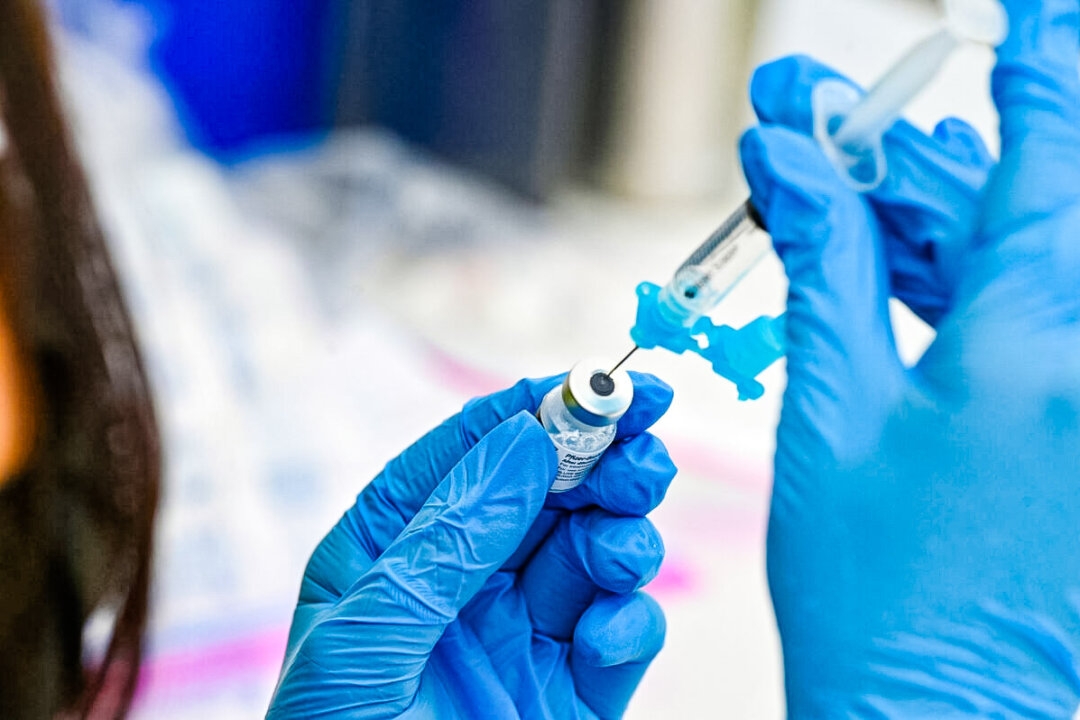Study: How Psychedelics Help Neurons Grow
Beyond some scientifically well-founded hypotheses and pure speculation, we haven’t had enough experimental evidence on psychedelics to draw from to make any large claims about the mechanisms responsible for therapeutic response.
MDMA and psilocybin, both showing promising results in clinical trials, are two very different drugs, in terms of how they make people feel and how they act in the brain.
Is it possible there is a common mechanism in the brain underlying the therapeutic effects of all psychedelics?
New findings published by Ly et al. in the prominent scientific journal Cell Reports are the first to show that classic psychedelics (DMT, LSD, psilocin), amphetamine analogs (MDMA, DOI), and ibogaine all converge at one target (mTor) in the brain to promote neuroplasticity [1].
This is a notable finding because depression and stress-related disorders, e.g. PTSD, can cause a loss of synaptic connectivity – the major way that neurons and supporting cells communicate [2, 3].
The researchers showed that when rodent cortical neurons were put into a dish with each of the before mentioned substances, the number and complexity of dendritic branches and arbors greatly increased, meaning the neurons were changing their structure to make new connections.
You can think of a tree being sprinkled with natural fertilizer that causes bolting of new branches and leaves to support optimal functioning of the entire system. Reversal of synaptic loss is also observed with ketamine and antidepressant drugs, and thought to the primary way that they reduce depression symptoms [4, 5].
The research group at the University of California went on to show that the neuronal growth-enhancing properties of these substances occurred within a rodent brain, and not just in cell cultures.
DMT infused into the prefrontal cortex of rats, a brain region that exhibits a lose in neurons in patients with neuropsychiatric illnesses, induced growth of dendritic spines comparable to ketamine.
The elegant set of well-controlled experiments demonstrate that these drugs in fact do converge on a specific signaling pathway (BDNF – TrkB – mTOR) known to be involved in structural plasticity, and the effects are conserved across rodents and fruit flies.
As previously documented [6, 7], the substances increase brain derived neurotropic factor (BDNF) either through the serotonin system or by enhancing glutamate levels, and now this new evidence points to how the brain is structurally and functionally modified to produce fast-acting antidepressant effects.
Neuroplasticity, and the sprouting of new dendritic spines, is the basis for new learning.
Substances that can promote acquisition of new behaviors and ways of thinking are beneficial for treating mental health disorders, and may alleviate repetitive negative loops of thoughts, excessive rumination, and enable positive behavioral change.
These experiments demonstrate neuroadaptations stimulated by many different psychedelics that follow a timeframe similar to the rapid onset of therapeutic effects with lasting gains even after the drug has left the body.
The authors coined a new term to describe these related compounds, which could become in vogue if these underlying mechanisms prove correct in humans.
“To classify the growing number of compounds capable of rapidly promoting induced plasticity, we introduce the term “psychoplastogen,” from the Greek roots psych- (mind), -plast (molded), and -gen (producing)” [1].
As exciting as these findings are, we must be cautious when extrapolating results from rodents and flies to humans. Little research has been done in humans with psychedelics and neuroimaging techniques. More is known about ketamine, which has been shown to reverse functional connectivity impairments in patients with major depressive disorder [8].
Could the same be true for the other psychedelics? The study published in Cell Reports also doesn’t address the added component of therapy that is used in human trials of psychedelic-assisted therapy.
However, if neural networks are primed for change or new learning, then self-directed or therapist-directed processing of emotional memories could possibly guide the neuronal adaptations into a direction that supports positive behavioral change. The durable outcomes after MDMA-assisted psychotherapy, for example, suggests that brain circuits have been modified in some way [9].
This rigorous, well-designed study is particularly notable in present because many scientists and physicians are still skeptical about the large effects of psychedelics shown in recent clinical trials.
By understanding neurobiological mechanisms, belief of the therapeutic potential of these substances will likely rapidly propagate amongst scientific communities, as seen with ketamine and cannabis.
The expanding body of knowledge on mechanisms for therapeutic response will help fine-tune treatments and possibly aid in the discovery of new drugs for use in psychiatric medicine.
By Alli Feduccia, PhD / Resources:
- Ly, C. Greb, AC, Cameron, P, Wong, JM, et al. “Psychedelics Promote Structural and Functional Neural Plasticity.” Cell Reports 23 (2018): 3170-3182.
- Arnsten, Amy FT. “Stress signalling pathways that impair prefrontal cortex structure and function.” Nature Reviews Neuroscience10, no. 6 (2009): 410.
- Christoffel, Daniel J., Sam A. Golden, and Scott J. Russo. “Structural and synaptic plasticity in stress-related disorders.” Reviews in the neurosciences22, no. 5 (2011): 535-549.
- Browne, Caroline Ann, and Irwin Lucki. “Antidepressant effects of ketamine: mechanisms underlying fast-acting novel antidepressants.” Frontiers in pharmacology4 (2013): 161.
- Li, Nanxin, Boyoung Lee, Rong-Jian Liu, Mounira Banasr, Jason M. Dwyer, Masaaki Iwata, Xiao-Yuan Li, George Aghajanian, and Ronald S. Duman. “mTOR-dependent synapse formation underlies the rapid antidepressant effects of NMDA antagonists.” Science329, no. 5994 (2010): 959-964.
- Nichols, Charles D., and Elaine Sanders-Bush. “A single dose of lysergic acid diethylamide influences gene expression patterns within the mammalian brain.” Neuropsychopharmacology26, no. 5 (2002): 634.
- Young, M. B., R. Andero, K. J. Ressler, and L. L. Howell. “3, 4-Methylenedioxymethamphetamine facilitates fear extinction learning.” Translational psychiatry5, no. 9 (2015): e634.
- Abdallah, Chadi G., Lynnette A. Averill, Katherine A. Collins, Paul Geha, Jaclyn Schwartz, Christopher Averill, Kaitlin E. DeWilde et al. “Ketamine treatment and global brain connectivity in major depression.” Neuropsychopharmacology42, no. 6 (2017): 1210.
- Mithoefer, M. C., M. T. Wagner, A. T. Mithoefer, L. Jerome, S. F. Martin, and B. Yazar-Klosinski. “Durability of improvement in PTSD symptoms and absence of harmful effects or drug dependency after MDMA-assisted psychotherapy: A prospective long-term follow-up study.” J Psychopharmacol27, no. 1 (2013): 28-39.




